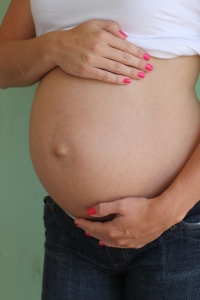 Female fertility begins to decline at an accelerated rate after the age of 35—however, more and more women are delaying having children for several reasons, including pursuing careers, having not found the right partner, and simply not being ready to have children. The age of first birth for women in developed countries is now near 28 and the birth rate in the USA is at an all time low.
Female fertility begins to decline at an accelerated rate after the age of 35—however, more and more women are delaying having children for several reasons, including pursuing careers, having not found the right partner, and simply not being ready to have children. The age of first birth for women in developed countries is now near 28 and the birth rate in the USA is at an all time low.
Reproductive endocrinologist Dr. Robert Greene, MD, on MedPage Today advocates for egg (oocyte) freezing and its benefit of being a “technologic bridge” from a woman’s reproductive prime to her preferred conception age. The process involves extracting 20-30 of a woman’s eggs, freezing them, and later fertilizing and transferring into the uterus.
The technique has been around since the 1980s, but because it started out as very inefficient (requiring about 100 eggs for each successful pregnancy) it was considered experimental, and was primarily offered to women that were faced with treatments such as chemotherapy. Nowadays, however, technological and procedural advances have led to success rates for pregnancies from egg freezing that are nearly as good as traditional pregnancies. Last fall, we wrote about how experts were calling for egg freezing to be made more widely available to women.
The American Society of Reproductive Medicine began supporting the use for social (rather than medical reasons) in 2014, and since then, the option has become more widely-known. Both Facebook and Apple have made egg freezing available to employees, with other companies expected to follow suit.
The women that are typically the most suitable candidates for egg freezing are those age 31 to 38 that are seeking to delay pregnancy at least 2 years. The “Baby Budgeting” study found these are the patients for whom the procedure is most cost-effective. A similar study found that in order to optimize the success rates of egg freezing, women should store their eggs by age 35, and no later than age 37.
Republished from the American Council on Science and Health. Read the original here.





Comments